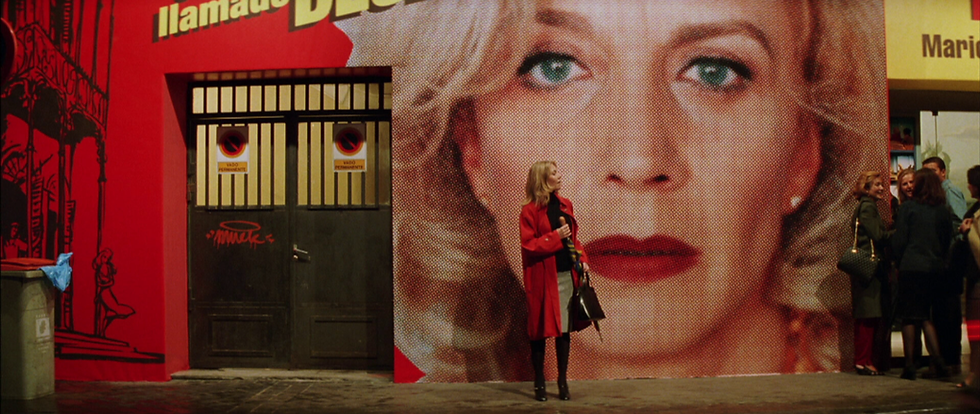The Controversy of Marina Abramović: Art or Self-Destruction? | Clara Biancelli
- therose379
- Jul 10, 2024
- 3 min read

Marina Abramović is a name which has made itself more and more relevant in the art world over the past few years, due to her uniquely triggering performances and intense exploration of human pain. Although it could be said that Abramović’s work is insightful and enlightening, many of Abramović's methods could be considered incredibly sadistic, with there existing much controversy around her style of performance art.

This controversy can be explored through her 1974 work ‘Rhythm 2’, for example, a piece where Abramović wished to "test the state of consciousness" as part of a performance. This was shocking in its entirety. Audience members recall "a deadly silence – we thought we were watching someone die right in front of us." The performance, supposedly meant to explore the relationship between Abramovic’s mind and body, began with Abramović taking a pill usually prescribed for catatonia, a condition which causes extreme motor inability. As planned, Abramović reacted violently to the medication she experienced, and experienced shocking seizures and involuntary muscle movement. When the effects of this substance wore off, she took a second pill usually prescribed for the treatment of extreme depression, and she became mentally blurred and could not remember the lapsed time.
Such an example of controversy in her performance proves that Abramović's work is just as horrifying as it sounds, and the shock value factor of her work is certainly a huge factor contributing to its reigning popularity, and her success as an artist. Despite these uncomfortable explorations of the body and state of consciousness, Abramović’s work does also successfully bring many societal issues to the surface, despite it being so shocking.
‘Rhythm 2,’ remains highly successful as a performance piece and is still referenced over forty years later. A prevalent and major issue in Abramović's work, however, is that her ‘meaning’ behind it is often heavily overshadowed by the brutality and shock value of her performances, diluting the purpose of her work in the first place. One of her most famous works, ‘Rhythm 0’ (1974) is profoundly inspiring, and forces the audience to think about the hostility women still face in society, with Abramović offering her tortured body as proof.

In this performance, Abramović set up a table holding 69 objects, varying from lipstick and roses to guns, axes, and knives. Abramović then declared herself an object and instructed the audience to use the props on her as they wished. At first the audience was slow and passive, but as time passed the audience – particularly the men – became brutal when they realised they would not face any consequences. People used the objects to cut into her skin, rip her clothes, stick knives between her legs and attach a piece of paper to her that read ‘VILE.’ Whilst many of Abramović's earlier performances have been repeated, this one never has, attesting to the brutal power and impact it had over the audience. It is also very possible that this performance would not be allowed again, as the first time proved that people cannot be trusted with such a position of power. The reviews of the show revealed that this performance alongside many others by Abramović is often regarded with a reaction of disgust, with her being accused of taking part in satanic rituals.
However, her work is entrancing. By using her body as a medium in her work, Abramović proves how close art and life can get, implicating the spectators in the reality that people endure. By shining a light on abuse and pain, Abramović draws attention to those who live in abuse daily, and her art – though received with hostility and rejection – is a necessary tool for conveying her very important artistic message.




Comments